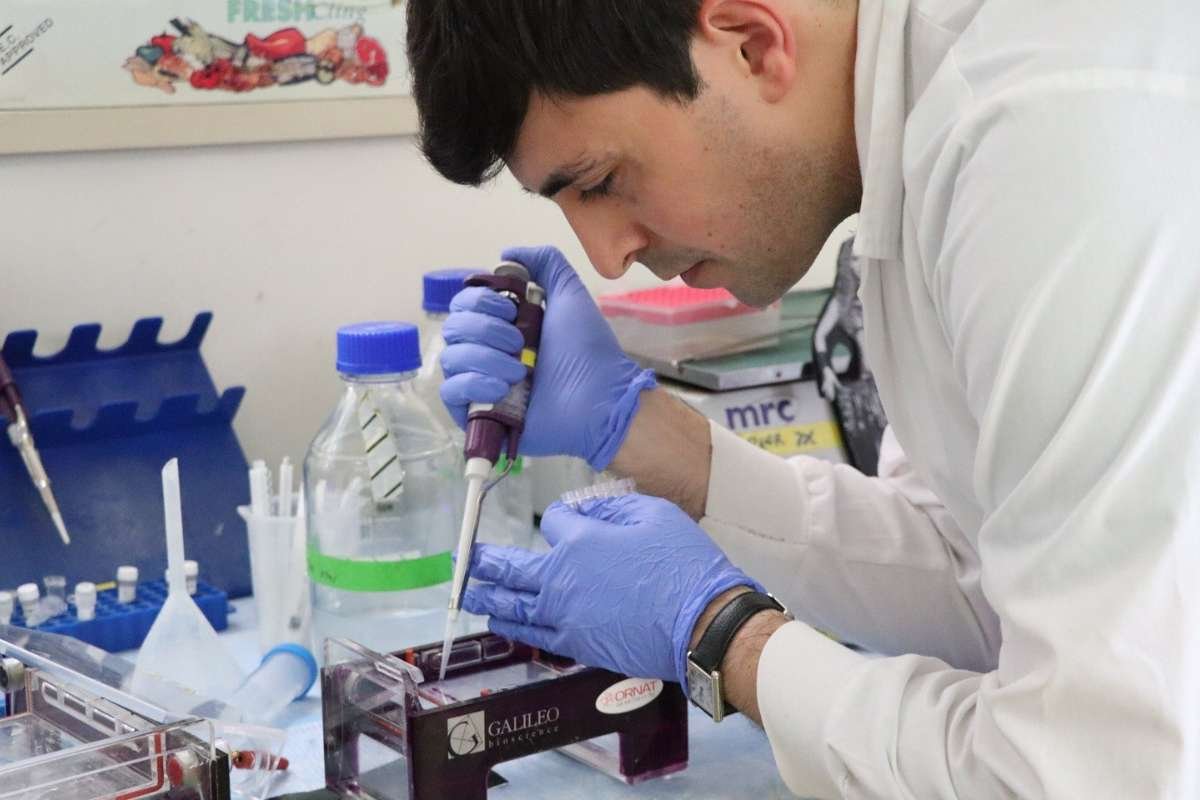Source – AZoSensors
Revolutionary Tool for Cellular Energy Tracking
A team of researchers from Weill Cornell Medicine and the Howard Hughes Medical Institute (HHMI) Janelia Research Campus has developed a groundbreaking sensor for tracking real-time ATP levels in cells. This molecule, adenosine triphosphate (ATP), is crucial for fueling cellular activities. The new high-resolution sensor marks a significant improvement over previous technologies, offering a powerful tool for advancing biological research. The findings were published on May 15 in PNAS.
Innovations in ATP Sensor Technology
The novel sensor was created by modifying an ATP-binding bacterial enzyme and combining it with green fluorescent protein (GFP), a naturally occurring fluorescent protein. This protein-based sensor can be encoded in DNA and produced within targeted cells. Researchers demonstrated the sensor’s capabilities in several experiments, including one that revealed detailed dynamics of ATP use at individual synapses on a single nerve fiber.
Dr. Timothy Ryan, co-corresponding author and Tri-Institutional Professor of Biochemistry at Weill Cornell Medicine, highlighted the sensor’s potential to enhance the resolution at which basic biological processes can be viewed. Dr. Jonathan Marvin, a senior scientist at HHMI/Janelia and co-corresponding author, emphasized the limitations of previous ATP sensors, which primarily monitored ATP through proxy measures like oxygen level changes. The new sensor, iATPSnFR2, directly measures ATP levels with high sensitivity and accuracy, thanks to its enhanced fluorescence response to ATP binding.
Unprecedented Insights into Cellular Functions
The new ATP sensor can incorporate a secondary fluorescent molecule with a different emission wavelength that remains constant regardless of ATP binding, providing a reference signal for more precise ATP level readings. Demonstration experiments showcased the sensor’s ability to track ATP levels within single cells and distinct subcellular compartments on millisecond time scales. For instance, researchers tracked ATP levels within mitochondria, the cell’s energy-producing structures, and observed distinct ATP consumption patterns at individual synapses on a nerve fiber.
Dr. Ryan noted that the initial experiments were primarily intended to demonstrate the method’s basic utility. However, subsequent in-depth studies have proven the sensor to be a powerful tool for scientific discovery. This new ATP sensor is expected to revolutionize how researchers study cellular energy dynamics, offering unprecedented insights into the intricate processes that fuel cellular activities.









